Home> Company News> Maximizing Your Engine's Performance with Accurate Valve Adjustment Techniques
Engine valve adjustment is an essential aspect of maintaining optimal engine performance and prolonging engine life. The proper valve adjustment ensures that the clearance between the valve train components is within manufacturer specifications, allowing the engine to operate efficiently. Incorrect valve adjustment can lead to various engine problems, such as loss of power, engine noise, overheating, and increased fuel consumption.
In this article, we will discuss the basics of valve adjustment and provide some tips for maximizing engine performance with accurate valve adjustment techniques. Whether you're a seasoned mechanic or a car enthusiast looking to learn more about engine maintenance, this article will provide you with the knowledge you need to keep your engine running smoothly.
Understanding Engine Valve Adjustment
When discussing engine valve adjustment, it's important to understand what valve adjustment is and how it affects engine performance. Essentially, valve adjustment is the process of making sure that the clearance between the engine's valve train components is within the manufacturer's specifications. This clearance is important because it affects the amount of time that the valves remain open and closed, which in turn affects how efficiently the engine operates.
The valve train is a critical component of the engine and is responsible for opening and closing the intake and exhaust valves in the cylinder head. The valve train typically includes valves, lifters, pushrods, and rocker arms. When the camshaft rotates, it pushes the lifters, which then push the pushrods. The pushrods then activate the rocker arms, which ultimately open and close the valves.
If the valve clearance is too small, the valves may not close completely, leading to poor engine performance, loss of power, and increased fuel consumption. If the clearance is too large, the valves may not open completely, causing a reduction in power output and increased engine noise. Incorrect valve clearance can also cause the valves to remain open or closed longer than they should, resulting in inefficient engine operation.
Signs That Your Engine Valves Need Adjustment
Valve adjustment is an essential part of engine maintenance. It is the process of ensuring that the clearance between the valve train components is within the manufacturer's specifications. The valve train components consist of valves, lifters, pushrods, and rocker arms.
Incorrect valve clearance can lead to engine problems such as engine misfires or rough idling, loss of power, excessive engine noise, increased fuel consumption, and engine overheating. Therefore, it is crucial to check the valve clearance regularly and adjust it if necessary.
Valve clearance refers to the gap between the rocker arm and the top of the valve stem when the valve is closed. If the clearance is too small, the valve may not fully close, leading to compression loss and other engine issues. Conversely, if the clearance is too large, the valve may not open fully, leading to reduced power and fuel economy.
Valve adjustment is a simple process that can be performed with the right tools and basic mechanical knowledge. However, it is essential to consult the service manual for your specific engine to ensure that you use the correct specifications and procedures.
Regular valve adjustment is critical for maintaining optimal engine performance and preventing costly engine repairs. Therefore, it is essential to know the signs that your engine valves need adjustment and to perform this task as part of your regular engine maintenance routine.

Tools Needed for Valve Adjustment:
Valve adjustment requires a specific set of tools to perform accurately. Some of the essential tools needed for valve adjustment include:
-
Feeler gauges: These are thin metal strips used to measure the gap between the valve stem and rocker arm.
-
Wrenches or sockets: Depending on the type of engine, you may need a wrench or socket to remove the valve cover.
-
Screwdriver: You may need a screwdriver to loosen or tighten the adjuster nut.
-
Torque wrench: You will need a torque wrench to ensure that you tighten the bolts or nuts to the correct torque specification.
-
Service manual for your specific engine: The service manual provides specific instructions on how to perform valve adjustments for your particular engine.
Having these tools on hand will make the process of valve adjustment much easier and more accurate. It is essential to use the correct tools and follow the manufacturer's instructions for your specific engine to avoid damaging the components or causing performance issues.
Steps for Valve Adjustment
When it comes to valve adjustment, the first step is to consult your engine's service manual to determine the manufacturer's specifications for valve clearance. You'll also need to gather the necessary tools, including feeler gauges, wrenches or sockets, a screwdriver, and a torque wrench. It's essential to have the right tools to ensure that the valve adjustment is done correctly and that the engine runs optimally.
To begin, remove the valve cover and identify the valves that need adjustment. Then, rotate the engine to bring the cylinder to Top Dead Center (TDC) and use the feeler gauge to measure the valve clearance. If the clearance is not within the manufacturer's specifications, you'll need to adjust the valve clearance by turning the adjustment screw until the correct clearance is achieved. It's important to recheck the clearance after adjusting and make any necessary additional adjustments.
Finally, torque the valve cover bolts to specification to ensure that the valve cover is securely in place. Following these steps will ensure that your engine's valves are adjusted accurately, helping to maintain optimal engine performance and preventing costly engine repairs.
It's important to note that valve adjustment is not a one-time process. Regular engine maintenance, including valve adjustment, should be done at least once a year or as recommended by your engine's manufacturer. Proper valve adjustment can help prevent engine problems, such as loss of power, engine noise, and increased fuel consumption, and prolong the life of your engine.
Tips for Maximizing Engine Performance with Valve Adjustment
In addition to following the steps for valve adjustment, there are several tips you can use to maximize your engine's performance:
-
Keep a regular maintenance schedule for your engine, and check the valve clearance at least once a year.
-
Use quality parts when replacing valve train components. Quality parts will ensure that your engine operates smoothly and reliably.
-
Ensure that the engine is properly warmed up before making valve adjustments. An engine that is too cold may not provide accurate valve clearance measurements.
-
Always use the correct torque specifications for tightening bolts and nuts. Over-tightening can lead to engine damage, while under-tightening can cause leaks.
-
If you're unsure about performing valve adjustments, seek the assistance of a professional mechanic. A professional mechanic will have the experience and tools necessary to ensure that your engine's valves are adjusted correctly.
By following these tips, you can ensure that your engine is running at its best and is operating efficiently, reliably, and smoothly.

Accurate valve adjustment is crucial for maintaining optimal engine performance and extending the engine's lifespan. A poorly adjusted valve train can cause various engine problems, including loss of power, increased fuel consumption, and engine overheating.
To adjust engine valves correctly, it's important to have the right tools on hand, including feeler gauges, wrenches or sockets, screwdrivers, and a torque wrench. Additionally, consulting the service manual for your specific engine will help you determine the appropriate valve clearance specification.
Regular valve clearance checks and adjustments should be part of your engine's routine maintenance schedule, and you should use quality parts when replacing valve train components. When making valve adjustments, always ensure that the engine is properly warmed up, and use the correct torque specifications for tightening bolts and nuts.
If you're unsure about performing valve adjustments, it's always best to seek the assistance of a professional mechanic. By following these steps and tips, you can ensure that your engine is running at its best, with optimal performance and a longer lifespan.
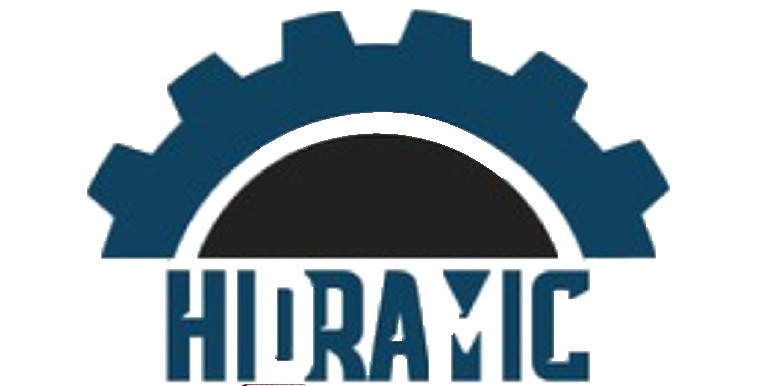

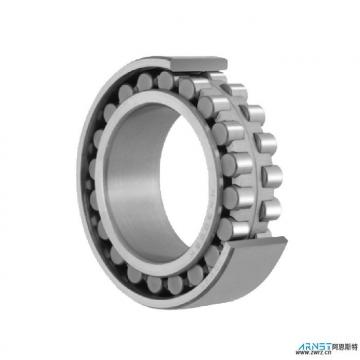 CRBH12025AUU Crossed Roller Bearing
CRBH12025AUU Crossed Roller Bearing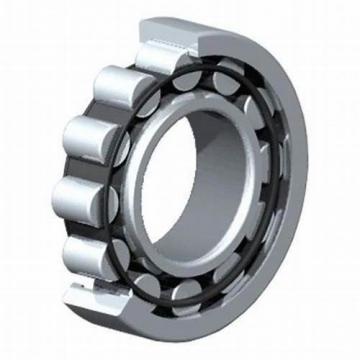 CRBH14025AUU Crossed Roller Bearing
CRBH14025AUU Crossed Roller Bearing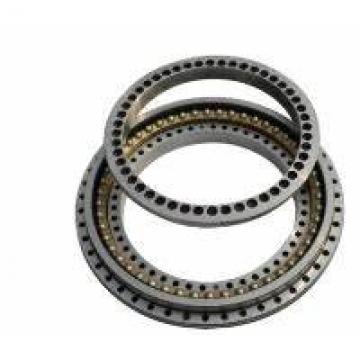 CRBH8016A Crossed roller bearing
CRBH8016A Crossed roller bearing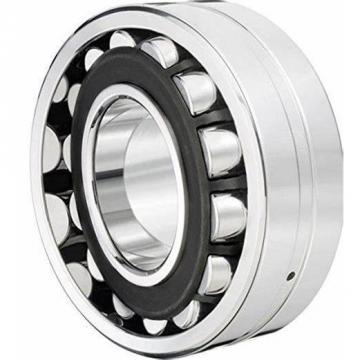 CRBH9016A Crossed roller bearing
CRBH9016A Crossed roller bearing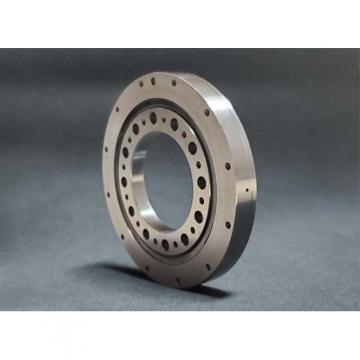 CRBH13025AUU Crossed Roller Bearing
CRBH13025AUU Crossed Roller Bearing